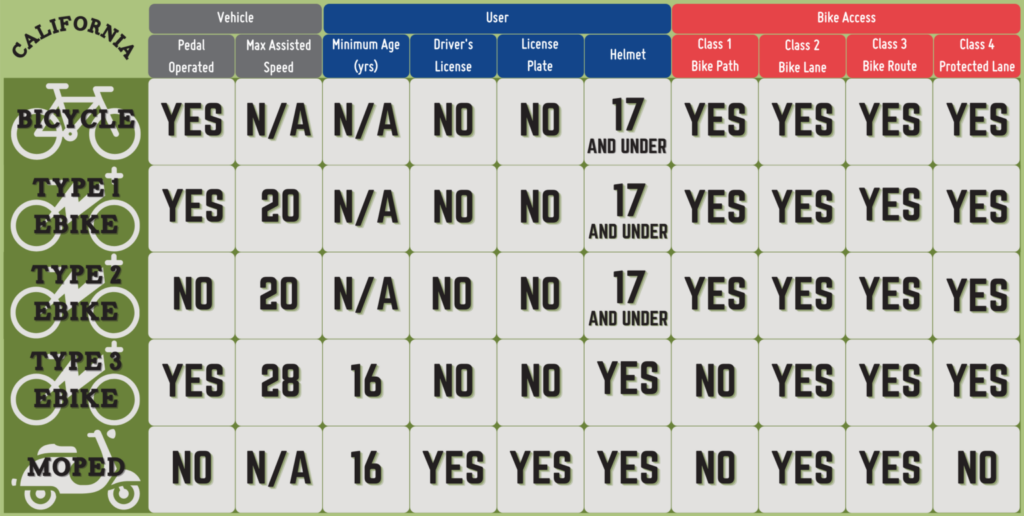
The Traffic Unit’s primary mission is to reduce traffic collisions within the Town of Truckee city limits. We accomplish this through a variety of methods and personnel. The primary method used in reducing collisions is high visibility enforcement of traffic laws by patrolling the streets of Truckee with designated traffic vehicles.
One of the primary collision factors for many accidents is speeding. All of our officers are trained to use radar, and several are trained on the Kustom Signal Pro-Laser III. The laser is an effective tool in the hands of a trained officer and it is used to slow traffic and reduce speed related collisions.
The Truckee Police Department also utilizes several Mobile Traffic Monitors (“Speed Trailers”), which are set up in different locations throughout the city. The monitors show the driver’s approaching speed on a display board and also displays the posted speed. This is used primarily as a public relations tool, but it also gathers data in an on-board computer that records the speeds and times of vehicles that pass by. By analyzing this information, we can determine if we have a traffic problem that needs to be addressed.
In addition to the various aspects of traffic enforcement, the Traffic Unit coordinates all traffic control and traffic issues in the Town of Truckee. Our efforts to reduce traffic collisions also include educating the public in newspaper articles, public service announcements, community meetings, and bicycle safety classes in schools.
BIKES AND SAFETY
Cyclists under the age of 18 are required to wear a bicycle helmet while riding a bike.
When riding, always:
- Go With the Traffic Flow. Ride on the right in the same direction as other vehicles. Go with the flow – not against it.
- Obey All Traffic Laws. When you ride in the street, obey all traffic signs, signals, and lane markings.
- Yield to Traffic When Appropriate. This also means yielding to pedestrians who have already entered a crosswalk.
- Be Predictable. Ride in a straight line, not in and out of cars. Signal your moves to others.
- Stay Alert at All Times.
- Look Before Turning. When turning left or right, always look behind you for a break in traffic, then signal before making the turn. Watch for left- or right-turning traffic.
- Watch for Parked Cars. Ride far enough out from the curb to avoid the unexpected from parked cars (like doors opening, or cars pulling out)
Electric Bike Laws and Regulations
There are three different classes of e-bikes. Classes were created to determine how e-bikes should be used according to local e-bike laws. Currently, 36 states across the U.S. utilize the three-class system for electric bikes. States may alter some details within their three-tier systems, but most are very similar. The classes include:
- Class 1: The Class 1 e-bike provides assistance only when you pedal, and stops assisting when you reach 20 mph — great for bike lanes, bike paths, roads or anywhere you’d take a traditional bike.
- Class 2: The Class 2 e-bike is equipped with a throttle which provides a boost without pedaling, and stops assisting at 20 mph.
- Class 3: The Class 3 e-bike is equipped with a speedometer, and only assists until the bike reaches 28 mph — an excellent choice for commuters. The most popular bikes fit into Class 1 or Class 3 because riders still want to pedal.


